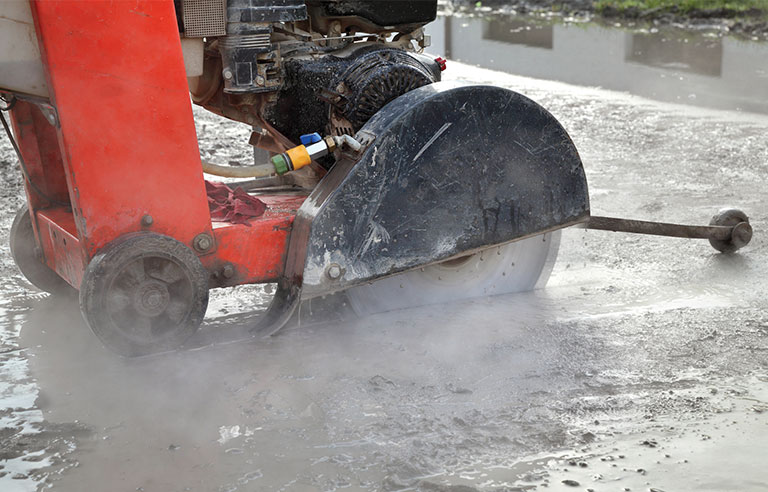First published by Safety+Health an NSC publication

Toronto — Findings over the past decade – including the results of case studies in the past two to three years – have strengthened the link between the lung disease sarcoidosis and on-the-job exposures to, most notably, silica and silicates, dust from the World Trade Center, and metals, according to a recent research review.
Conducted by a pair of Canadian researchers, the review of epidemiologic studies includes a Swedish study of nearly 11,000 workers that showed respirable crystalline silica exposure among concrete workers, miners, casters, masons, and ceramic and glass manufacturers led to an increased risk of sarcoidosis, described by the National Institutes of Health as “an inflammatory disease characterized by the development and growth of tiny lumps of cells called granulomas,” which, if they clump together in an organ, “can lead to permanent scarring or thickening of the organ tissue.”
A nearly twofold disease risk increase was discovered in a study of almost 298,000 Swedish construction workers with medium to high silica exposure. Among Swedish iron foundry workers with high exposure to silica, researchers observed a higher risk for both sarcoidosis and rheumatoid arthritis.
A study of New York City firefighters showed that cases of a sarcoid-like pulmonary disease occurred at a rate of 12.9 cases per 100,000 workers from 1985 to 1998. In the 12 months after the Sept. 11 attacks on the World Trade Center, that rate rose to 86 cases per 100,000 workers.
Although the two researchers note that not all sarcoidosis cases have an identified cause, recognizing occupational causes is important. When the cause of the disease is work-related, the duo says its recognition is critical “to enable effective treatment through the removal of the affected worker from exposure and to inform intervention aimed at primary prevention.”
The researchers also note that because of a more firm link to on-the-job exposures, the practice of assigning sarcoidosis cases as idiopathic by default should be discontinued.
The study was published online June 5 in the journal CHEST.
McCraren Compliance offers many opportunities in safety training to help circumvent accidents. Please take a moment to visit our calendar of classes to see what we can do to help your safety measures from training to consulting.


